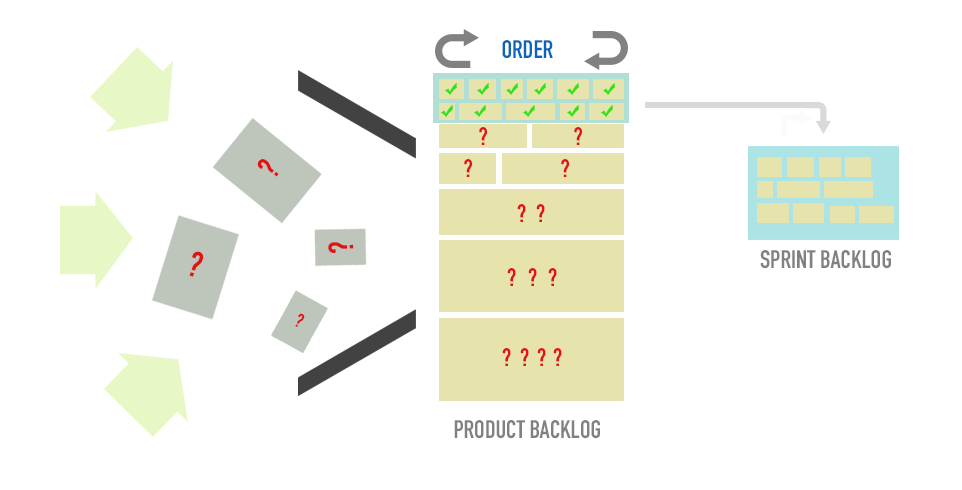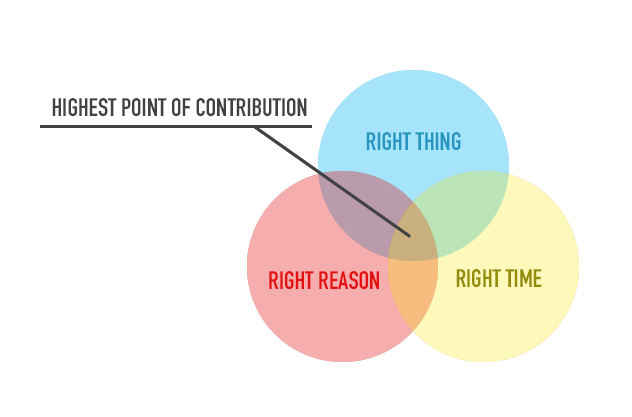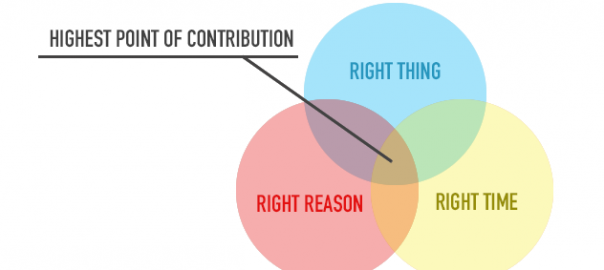People always have questions and concerns about Risk management and Autonomy in the Scrum Team, like:
- How do we make sure the success of the product if the Product Owner is new or hasn’t had enough domain knowledge yet? How does the Product Owner make the right decision, which is business value in 20% needs to do first will bring the 80% outcome for the product?
- The Autonomy of the Development team can lead to many risks behind that. So, how can the Development Team know what to do to create Done Increment and also can mitigate the risks?
That concern is reasonable when you manage the risk by “Command and Control”. Your organization built by a hierarchical structure, where the need for the carefulness and details plan is required to make sure no risk or issue happens, or at least in the list of “Risk Control” Sheet. That is not the wrong thing, and risk management is necessary.
 Ordering the Product Backlog helps to avoid “The Undisciplined Pursuit of More”
Ordering the Product Backlog helps to avoid “The Undisciplined Pursuit of More”
But when you are facing uncertainty, the changes happen anytime, can’t be predictable, but you need to move faster than your competitors, so you need something different from the hierarchy. Because hierarchy can help you safe but not moving quicker, and be more flexible. Team-based make a decision based on layer or need to go thought the silos to take action. This structure makes the organization lost the chance to communicate with the consumer on time.
Empowering and supporting the team to be self-organized can be helpful. It creates flexibility and creativity from the team, who can communicate with consumers directly every day, can make a decision but still have a clear boundary. Or shortly, self-organizing with a clear boundary will help you to be more flexible.
Scrum can give you that value. By creating the space for the Scrum Team to work, learn, improve, and make the right decision to increase the value of the product. Helping team works smarter, not harder:
- By ordering the Product backlog, and understanding at the top of backlog is the most value PBIs can be developed in the next Sprint. The Product Owner can say “No” with waste and focus on defining and building the correct benefits for the consumers. This helps to avoid to fail in “The Undisciplined Pursuit of More”.
- Remember that we are facing the complexity, where we know is less than unknow, and can not make sure what is right. Therefore, the small loop of Sprint is important to help us manage the risk. If we fail, we fail fast, and the cost is low. The small circle also helps us have the momentum of learning from the failure. From that, the Scrum team can define the next step, or change the plan to make the next decision better.
- The events in Sprint create the chance to inspect and adapt; it has a time-box; this helps the team has official opportunities to review the plan to reach the Sprint Goal.
- The Sprint Goal gives the team a clear direction, the north star, keep for team do not lose the focus, from that they can well-manage their plan, result in the problems, to achieve the goal.
- Time-box helps the team focus to have the solution and have a decision as best as they can in the current situation, rather than waste time into the lengthy discussion or the meeting but have no value.
- On top of that, Scrum does not ask to remove the hierarchy structure in your current organization when applying it. To make it happens, ingenuity is required in balancing the two structures at the same time, and the Scrum Master role is necessary. The Scrum Master will support the Development Team, the Product Owner, and the Organization to apply Scrum and optimize Scrum value to ensure the trust between teams; transparency is always kept so that the Scrum team can have self-organizing to make the right decisions, what to do and when is the best time.

Power of Less but Better – “Essentialism” of Greg Mckewn
Conclusion
Scrum likes a house with the base is empiricism, the values of Scrum that will exist in that house. That house will create a safety area, enough for the Scrum team to manage their work, and every day will do a better job. With that approach, the Scrum team can take steps, experiment to discover what is and what should be done, and when is the right time to do it. With Scrum, we learn to work smarter rather than do a lot but fall into chaos and waste. Scrum is the art of decision making to do less but better.
Business & Finance Articles on Business 2 Community
(65)
Report Post





